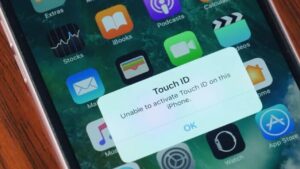While Apple has proceeded from Touch ID to Face ID in fresher iPhone models, there are still a lot of iPhones with fingerprint sensors — indeed, Apple’s second-generation iPhone SE is the first new Touch ID iPhone in a few years. With Touch ID, you can register up to five fingerprints. However, it doesn’t stop there. Utilizing a generally secret trick, you can sneak another five fingerprints in there for an aggregate of ten. Here we will see about troubleshooting Touch ID if Touch ID is not working for you.
It permits you to open your gadget, sign in to applications, use Apple Pay, and allows you to buy from the App Store and iTunes by contacting and briefly holding your finger against the sensor. A fingerprint goes in, and afterward, it either works or doesn’t, and on the off chance that it doesn’t, there’s no way for us to see what went wrong, why, or how to fix it. There are, in any case, some things you can improve and all the more regularly.
What we will see here?
Mechanism of Touch ID!
On an iOS gadget, you will find a capacitive ring around the Touch ID sensor; on the new MacBook Pro, the whole Touch ID sensor is capacitive. At the point when the sensor distinguishes a finger, it triggers a high-resolution image capture. That picture is changed over into a mathematical representation, which is then sent through the hardware channel to a secure enclave. In case that the representation matches with what’s stored in the enclave, a “yes” token is delivered and the Touch ID activity is authenticated. If not, a “no” token is delivered, all you get is a digital head shake. Each time Touch ID scans a finger and recognizes it, it adds extra detail to the representation, hypothetically to make it register significantly quicker and better later on.
Without getting excessively specialized, touch ID works through sensors installed in the finger pad in the home button on your gadget. At the point when a finger is applied to the pad, a steel ring sends a message on the sensor, the biometric subtleties are read and are recorded in your gadget.

Alternatives to fix issues:
Touch ID is not working because it frequently falls flat if your finger is moist or very dry. Also, if your finger is burned with oil, moisturizer, sweat, or some other obstructive material, at that point you’ll face trouble opening your iPhone.
Here are a couple of tips and tricks to attempt in case you’re Troubleshooting Touch ID and facing issues:
- During the registration process, ensure you move your finger around sufficient that the whole surface gets scanned during the primary stage, and afterwards, every edge gets checked during the second stage.
- Any perspiration or liquid on your finger at all can interfere with the output. Wipe both your finger and the Home button off and dry them totally before utilizing Touch ID.
- The successive improvement process can at times go off track say for example rather than improving, an error can happen and it can get worse. At the point when that begins to happen, erase the fingerprint and re-register.
- On an iOS device, ensure your finger is touching the capacitive metal ring and the Home button, Touch ID is really quick nowadays, yet you should in any case refrain from lifting your finger excessively fast.
- Attempt to keep your finger in one spot when you’re confirming — you would prefer not to move your finger around something over the top.
- In case that you’re rockin’ a screen defender or case, you don’t need it to cover up the capacitive ring or the Home button—that could cause mistakes with Touch ID verification.
- When in doubt, it’s an ideal opportunity to make a beeline for the Apple Store for one-on-one help for troubleshooting Touch ID.
Make sure the fingerprint reader is dry and clean!
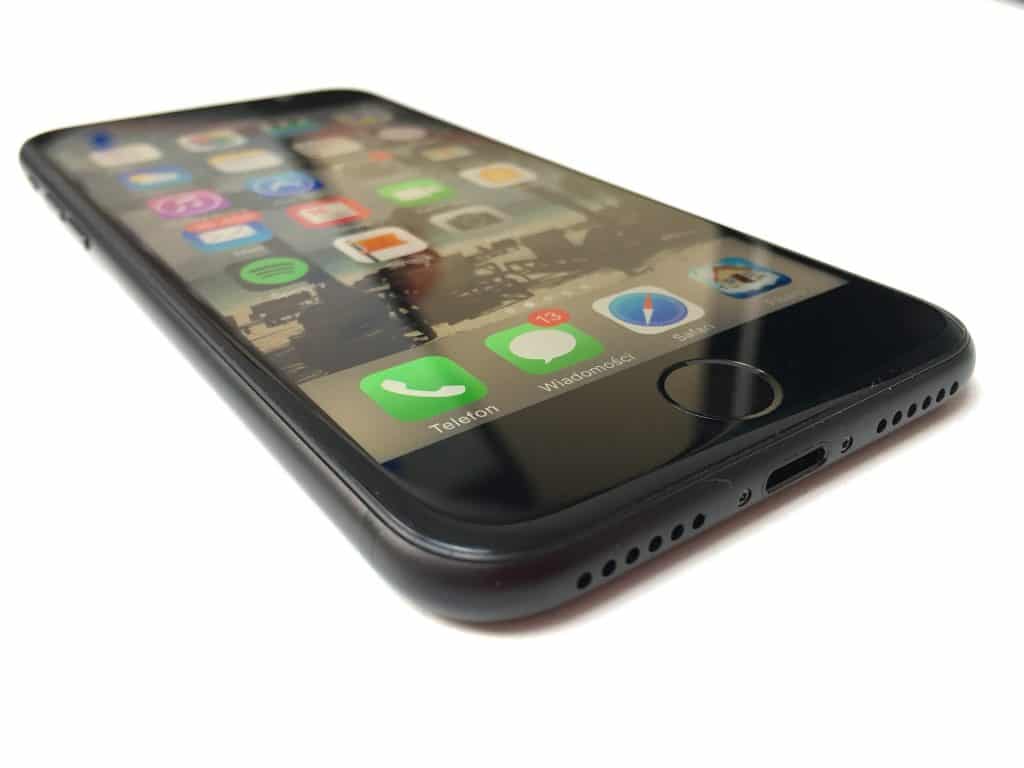
Utilize a microfiber fabric—a similar kind you use for sunglasses or your PC screen—to eliminate any dirt that might be on your gadget on your finger that may keep the reader from working appropriately. At times, even a tiny drop of water or sweat can keep your iPhone from reading your unique fingerprint.
On the off chance that your Home button is looking dirty, clean it with a slow, light round movement around the Home button. At that point, switch the heading and delicately clean the alternate method to remove any dirt. Presently reboot your phone and give Touch ID another try.
Erase and re-add your Touch ID fingerprints
How to Erase and re-add your Touch ID fingerprints on Mac
Follow these means to erase your Touch ID fingerprints on Mac:
- Snap-on the Apple menu symbol in the upper left corner of your Mac’s screen.
- Select System Preferences beginning from the drop menu.
- And afterwards, Select the Touch ID preference pane.
- Float over the fingerprint symbol you wish to erase until you see the X in the upper left corner, at that point click on it.
- Enter your password.
- And then Press Delete to confirm.

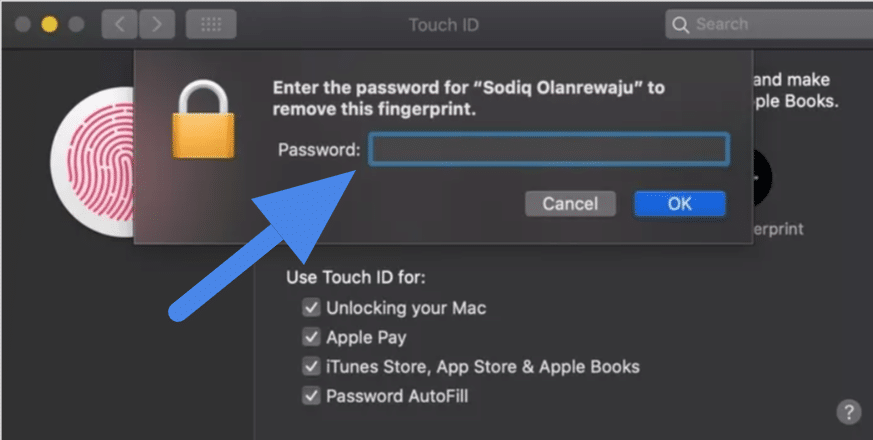
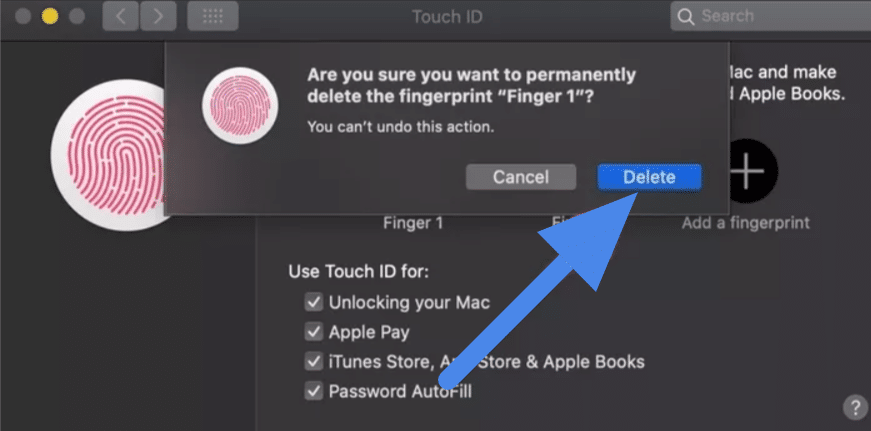
Follow these means to add your Touch ID fingerprints on Mac:
- Snap-on the Apple menu symbol in the upper left corner of your Mac’s screen.
- Hit the System Preferences from the drop-down menu.
- Select the Touch ID preference pane.
- Click on Add a fingerprint. and then
- Type in your user password.
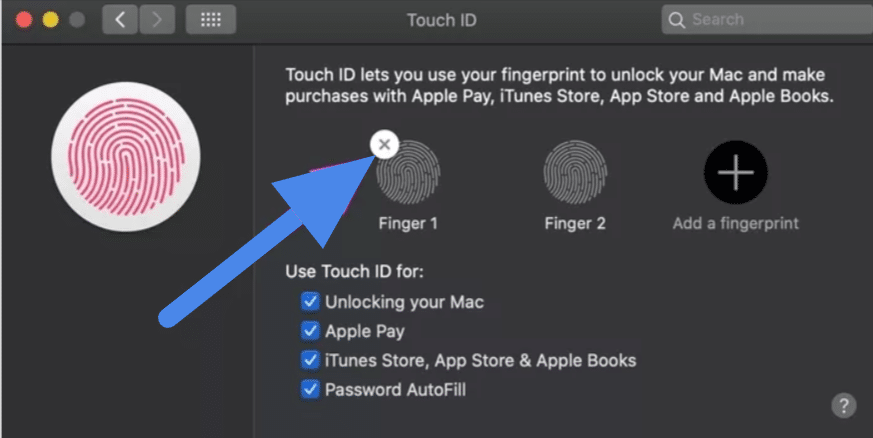
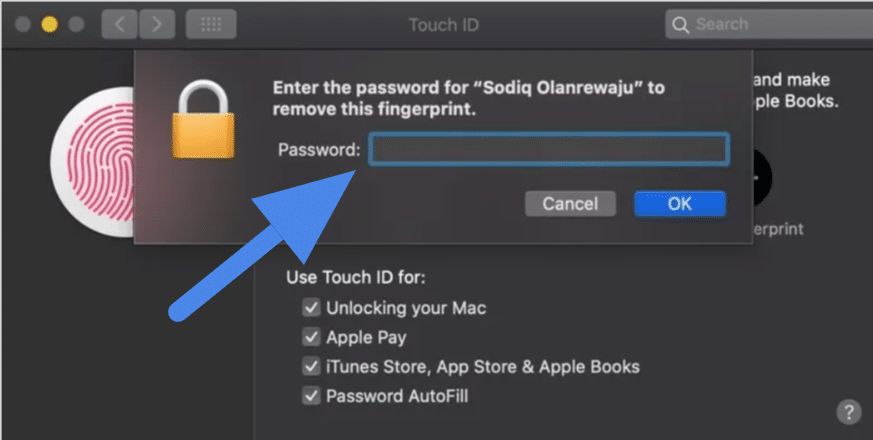
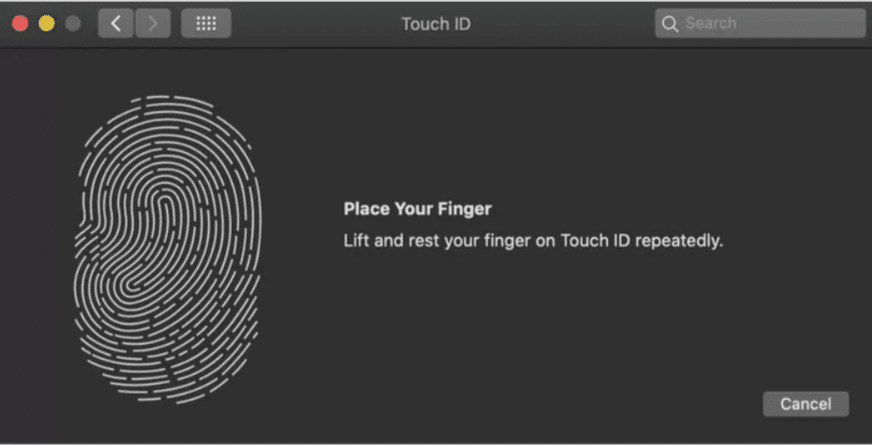

Erase and re-add your Touch ID fingerprints on iOS
In case you’re experiencing trouble with Touch ID on an iOS gadget, here’s how you wipe the slate clean and start once more!
- Go to the Settings app.
- Hit on the Touch ID & Passcode.
- Type in your Password when incited.
- Hit on the Add a fingerprint.
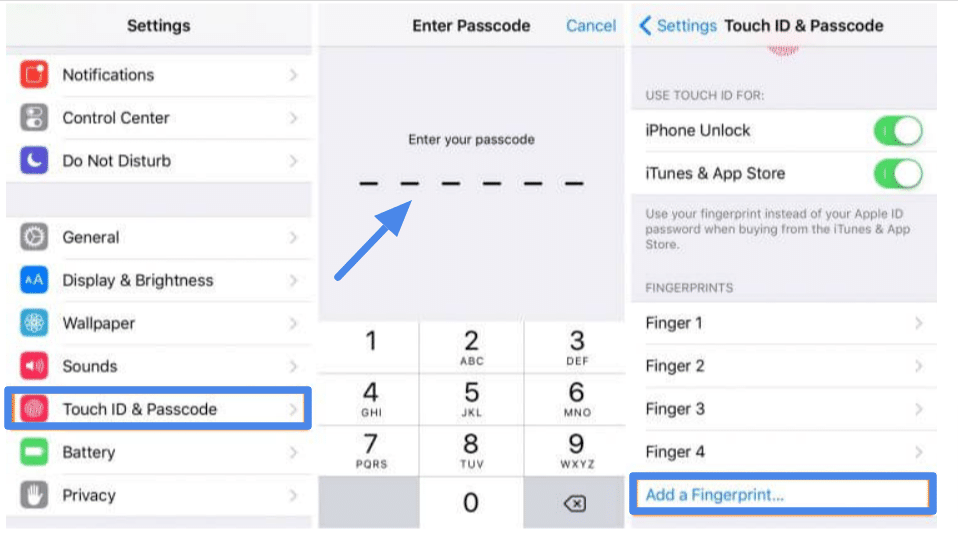
- Hit on the Delete Fingerprint. Repeat this until every one of your fingerprints is eliminated.
- Tick on Add a Fingerprint…
- Follow the on-screen prompts to set up another fingerprint.
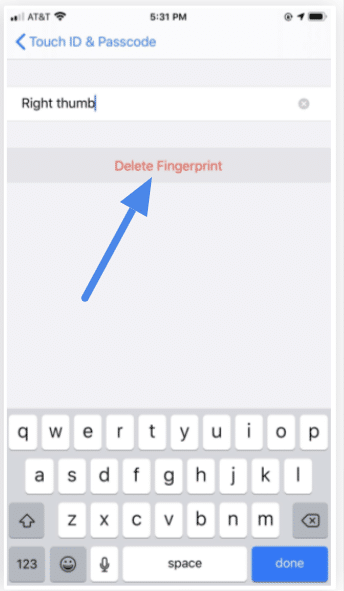
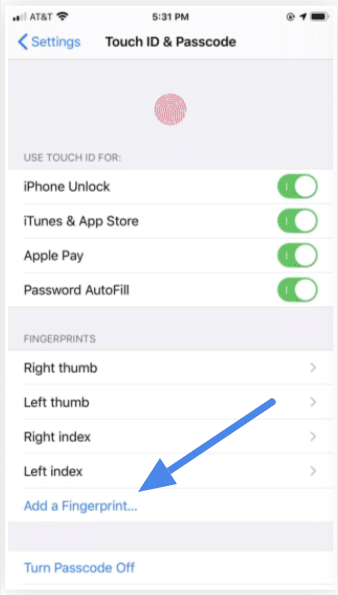
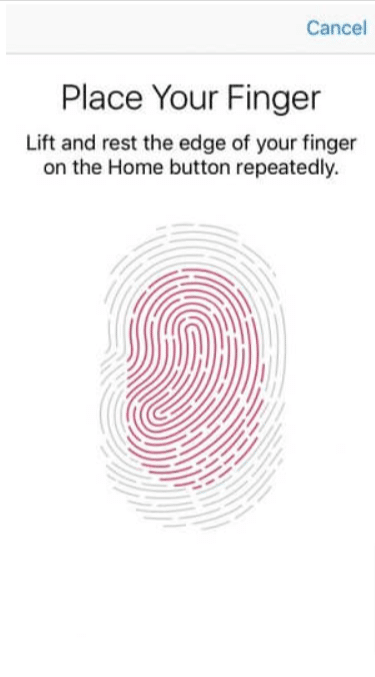
Conclusion
Touch ID not working is sensitive. You need to utilize it the correct way. Everything you do is lightly touch the home button giving the a few seconds to read your unique fingerprint. Try not to push down hard on the button. All things being equal, ensure your entire finger is lying on the reader while keeping it still.
The most straightforward approach to resolve an iPhone Touch ID failed circumstance is by essentially adding another fingerprint. On the off chance that is assuming the past fingerprint was added some time back, it can make the Touch ID harder to identify your finger. That is the reason it is prescribed to add another unique fingerprint to your phone every 6 months.
Touch ID verification regularly falls flat if your finger is moist or incredibly dry. Also, if your finger is singed with oil, lotion, sweat, or some other obstructive material, at that point, you’ll face trouble opening your MacBook. Hope we have got you covered with how you can perform troubleshooting Touch Id if Touch ID is not working and you are facing petty issues.



